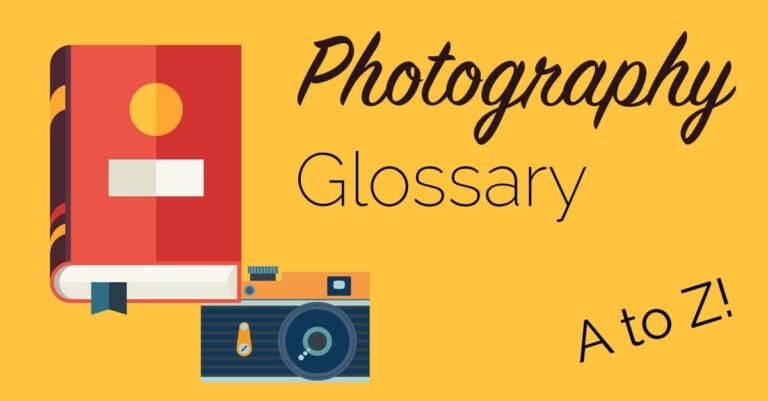T (Time)
What Is T (Time) Mode and How Is It Used in Photography? T (Time) mode, if available on a camera allows a photographer to expose images for long periods of time by pressing the shutter button once to open the shutter, and again to close the shutter. T (Time) is an alternative to Bulb mode in which the shutter button must remain depressed for exposure to continue. T (Time) mode is extremely useful for capturing images in low light conditions, for example in Astrophotography where extremely long exposures are required to capture the light from far away stars. T (Time) …

